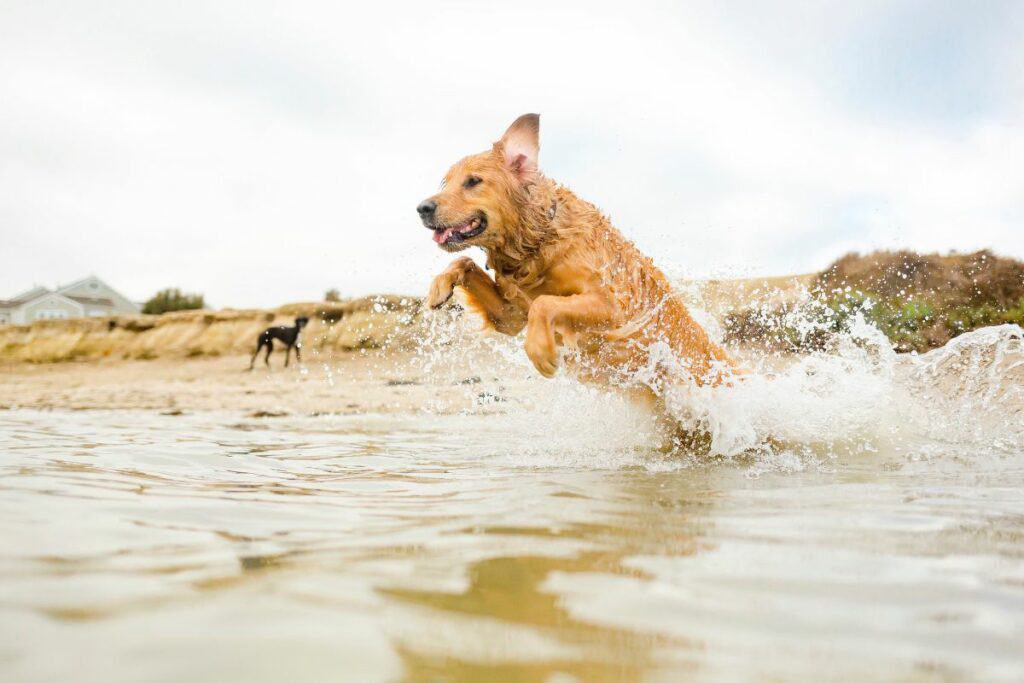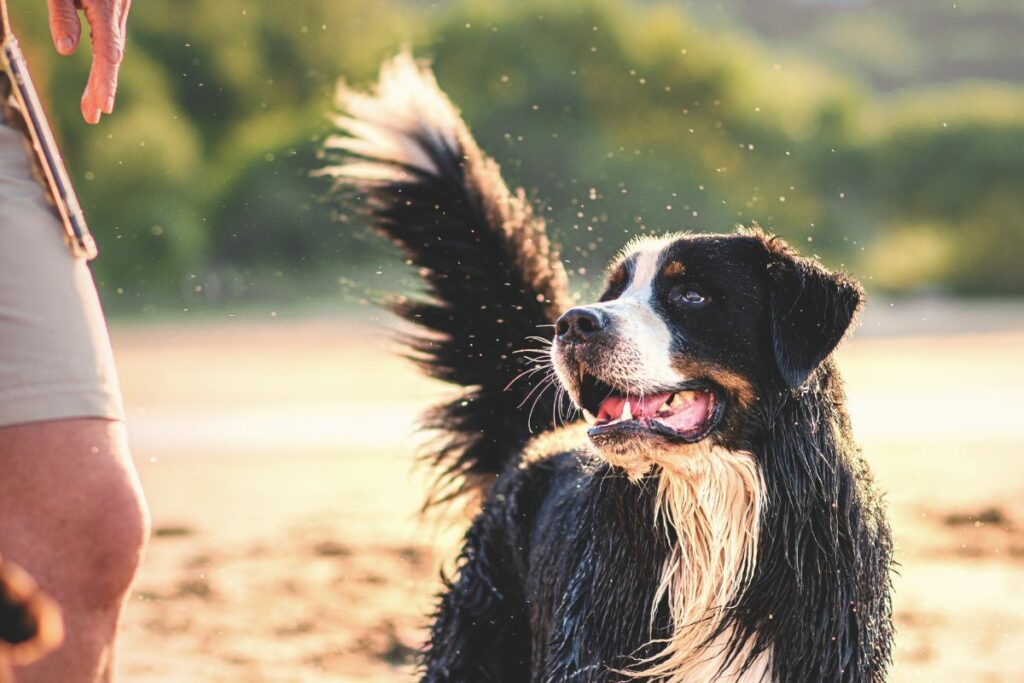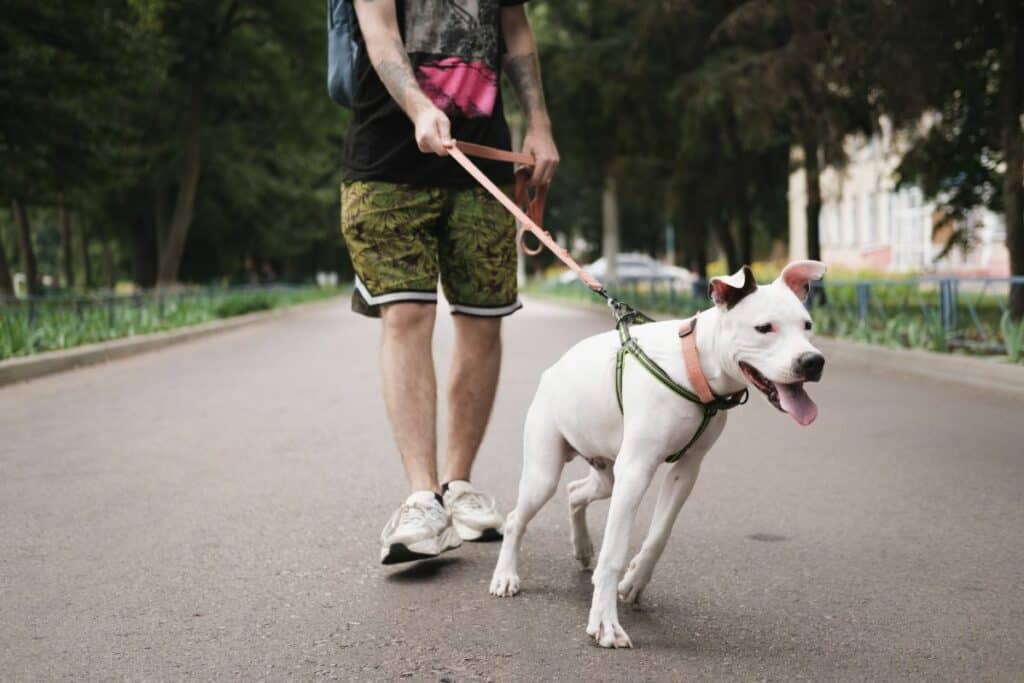Nature vs. Nurture
Just like all living beings, dogs are subject to a combination of both nature and nurture. We have spent hundreds of years breeding specific traits into specific breeds. Emphasizing and deemphasizing various aspects of the hunting sequence to suit our needs.
Beagles are flushers – they want to follow a scent, chase, and flush out the critters from under the bush. Border Collies are herders - They want to stalk, creep, and move critters to their will. We’ve deemphasized the catch/kill part of the sequence in both breeds. Retrievers want to take the dead critter in their mouth, but we’ve deemphasized the consumption portion of the hunt sequence, so they (mostly) have a soft mouth and won’t damage the bird as they bring it back to their person. These are just a few examples.
We would do a great disservice to ignore the nature (genetics) of the breeds that make up the dogs we encounter. That said, it is important to know what the dog was bred to do, and then set that aside and look at the dog in front of you. For example, Golden Retrievers should love to swim, and most do, but it’s not always the case.
Understanding Individual Differences
EXAMPLE: Emily had two Goldens Retrievers, Barney and Teddy, from the same breeder. Emily’s pool was not fenced off and so she and her husband wanted to ensure both dogs knew how to swim and how to find their way out if they slipped into the pool.
One of the dogs, Teddy, could not be kept out of the pool no matter how hard they tried. Literally, every time Teddy went out to potty, he followed it with a quick lap or two in the pool. Barney, on the other hand, was terrified of the water. Emily worked with a trainer. They spent three sessions trying to teach Barney to be comfortable getting in the pool and how to swim. After 3 lessons, they still could not coax him beyond the top step.
Barney and Teddy are a great example of what we call individual differences. These two dogs are not only of the same breed but share familial genetics as well. Within every breed there will be genetically driven traits that are typical and expected, and then there will also be individual differences that may be entirely counter to the traits we expect to see in that breed. It does not make that dog “wrong” or “bad”. It is simply reminding us that no matter our expectations when working with a particular breed, we must be open enough to work with the dog that is sitting in front of us and what personality and behaviors that dog is showing to us.
Epigenetics in Dogs
When coping with fear, frustration, hyper arousal, and aggressive displays, there is a combination of both nurture and nature. There is a concept called epigenetics that can impact behavior.
Epigenetics is a term used to describe inheritance by mechanisms other than through the DNA sequence of genes. It works through chemical tags added to chromosomes that essentially switch genes on or off.
Some examples of epigenetics at play include a study done with rats and addiction. Some mother rats were addicted to cocaine before being impregnated while others were not on drugs. The pups from the sober rats were not likely to become addicted to cocaine or heroin when given the opportunity. But the pups from the addicted mother were significantly more likely to become addicted to heroin when given the opportunity.
In humans an example might be if parents go through a famine, their offspring may have a significantly slower metabolism and retain an extra layer of body fat as a natural preparation to survive any future famine.
We see similar types of genetic issues in dogs. For example, Chester has been extremely sound sensitive since early puppyhood, and specifically noted at just 5 weeks of age. If his mother was particularly fearful, and/or if his mother had a trauma at certain stages of the pregnancy such that cortisol and adrenalin washed over the developing brains of the fetuses, then Chester and all his litter mates are more prone to being fearful in a variety of ways because of that in-utero experience. For Chester it is sound sensitivity and the movement of inanimate objects if he doesn’t see what is making them move.
Impacts of Trauma on Behavior
Then there are trauma-induced or naturally occurring anomalies that can impact behavior. Major illnesses such as Parvo or Distemper during puppyhood, or brain damage from lesion, tumor, or congenital condition can dramatically impact observable behavior in all sorts of ways. So, while life experience and a history of scary or pleasant experiences (nurture) absolutely do impact a dog’s behavior and her/his resiliency, so too does genetic input, illnesses, injuries, and anomalies (nature).
If you dive into the world of behavioral euthanasia, you will find that there are often cases where the humans did everything right for the dog, but even with years of effort, R+ training, behavior plans, management, and medication, the ‘demons’ were just too much, and the quality of life is so deficient that the kindest option for the animal is a humane euthanasia. It is not common. Most people will go through life never knowing an animal that is so emotionally damaged that euthanasia is the only treatment option left, but it does happen more than you probably realize.
Key Takeaways
It is important that we always observe the dog in front of us, consider their genetics, and the circumstances of their raising. We will find a deeper understanding and more rewarding bond with our canine companions if we address their individuality and refrain from stereotyping them based on breed or circumstance alone.

Joseph Schifano is the President of The Academy of Pet Careers and Founder of DogNerdly.
With over 20 years of professional pet experience, Joseph got his start as an owner/operator of a 7-figure, all-inclusive pet care business. From there, he purchased The Academy of Pet Careers with a hopes of improving the quality of care provided by industry professionals. This role allowed Joseph to rub shoulders with some of the biggest names in the industry, and gain knowledge in every aspect of pet care.
After witnessing the popularity of social media influencers and the amount of misinformation being taught to pet parents, Joseph decided to create DogNerdly. The goal was to provide science-backed education for the average dog nerd in order to create a world where dogs and humans can live a more harmonious and empowered lifestyle.




